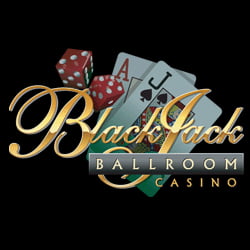
Welcome to the realm of casino design, where every detail is meticulously crafted to captivate and manipulate your mind.
Behind the glitz and glamour, there lies a science deeply rooted in psychology. Casino designers have mastered the art of creating an immersive environment that keeps players engaged, entertained, and ultimately, spending more time and money within their walls.
So, how exactly does psychology shape casino design? Let’s dive into the fascinating world of mind games:
1. Colors and Lighting
Step foot into a casino, and you’ll instantly notice the vibrant colors and dazzling lights that surround you. Casinos intentionally use bold, eye-catching colors like red, yellow, and purple to stimulate excitement, energy, and passion. Conversely, calmer shades of blue and green can create a sense of tranquility and relaxation, enticing players to stay longer.
Lighting, too, plays a crucial role. Bright, well-lit areas enhance focus and alertness, while dimly lit corners create a cozy and intimate ambiance. These carefully orchestrated lighting schemes aim to influence players’ moods, keeping them engaged and in the gambling mindset.
2. Layout
Have you ever wondered why it can be challenging to find the exit in a casino? That’s no accident. The labyrinthine layout is intentionally designed to keep players immersed in the gaming experience for as long as possible. Obstacles, such as winding hallways and strategically placed distractions, prevent players from easily navigating their way out. This layout encourages exploration and prolongs play, increasing the chances of players spending more money.
Additionally, essential amenities like restrooms and ATMs are often strategically placed deep within the casino floor, inevitably leading players past rows of enticing games on their way.
3. Sound and Music
Ever noticed the familiar jingle of slot machines or the rhythmic applause when someone hits a jackpot? That’s not just coincidence – it’s deliberate. Casinos use sound and music to create a sensory experience that keeps players in a state of excitement and anticipation. Soothing melodies in the background can also help mask the passage of time, making players lose track of how long they’ve been playing.
4. Placement of Games
Every decision regarding the placement of games is meticulously calculated. Popular and high-paying games are often positioned strategically near the entrances or in highly trafficked areas to draw in players and create an illusion of excitement. Meanwhile, lower-paying machines or games with lower odds may be tucked away in less visible corners.
Moreover, the strategic arrangement of progressive jackpot machines, with their flashing lights and astronomical prize displays, acts as irresistible bait, luring players to try their luck and chase those life-changing wins.
5. Tactile Sensations
From the texture of the gambling chips to the smoothness of the cards, every sensory detail is carefully considered. Pleasant tactile experiences can enhance players’ satisfaction and overall enjoyment, making them more likely to continue playing.
The psychology behind casino design is a constant dance between seduction and manipulation. By understanding how our minds respond to various stimuli, casino designers create an environment where players willingly partake in the thrill and excitement, often oblivious to the subtle techniques at play.
So, next time you step into a casino or log on to your favorite online gambling platform, remember – you’re stepping into a carefully crafted world where the odds aren’t the only thing against you.
































